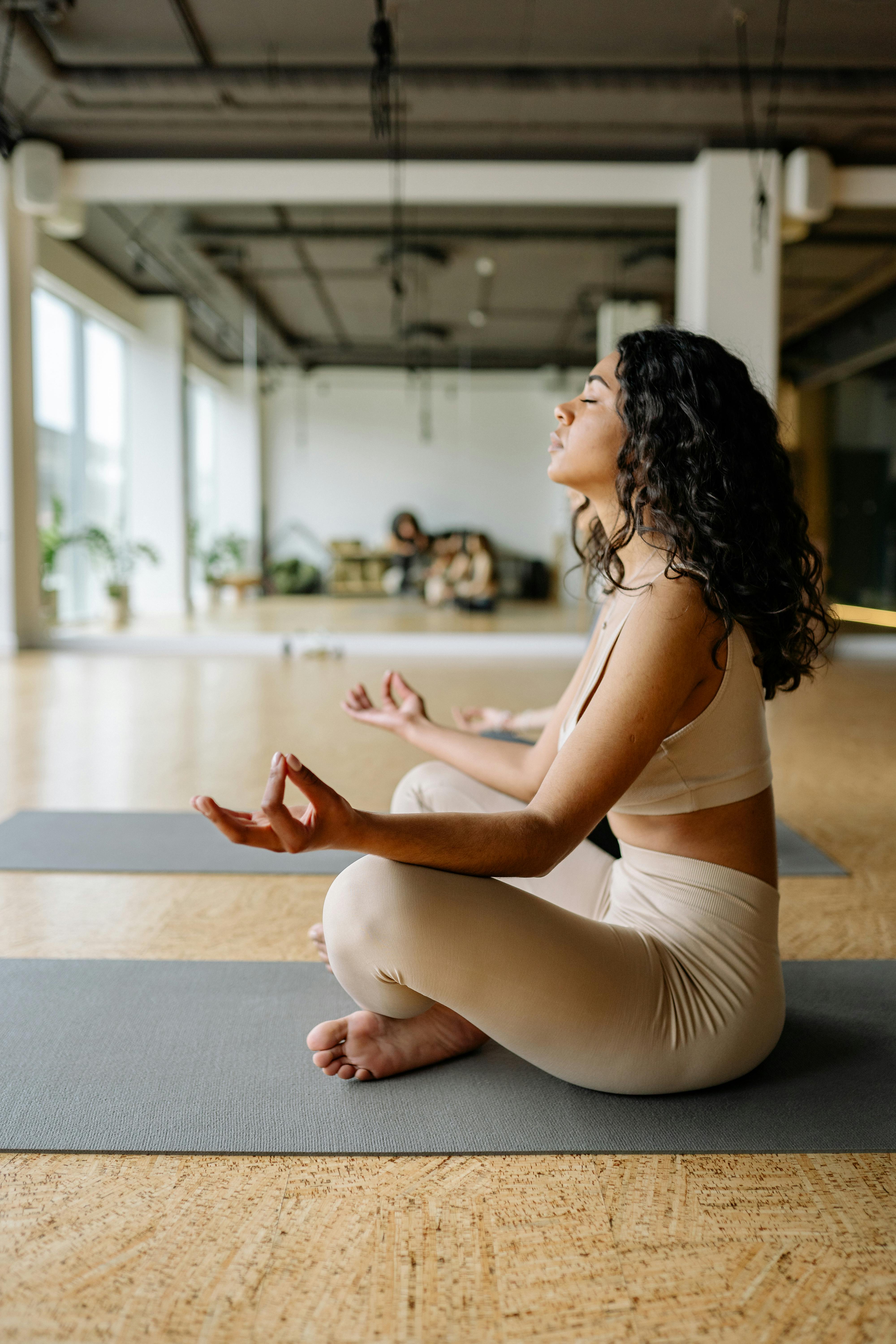Breaking Free from Sedentary Lifestyle: Active Breaks for Better Health
Modern life has us glued to our desks, computers, and mobile devices. But what if we could break free from the chains of our sedentary lifestyle? What if we could inject active breaks into our daily routine to enhance our health and well-being? It's time to explore the power of active breaks—brief periods of physical activity strategically scheduled throughout the day.

The Rise of Sedentary Lifestyle
The sedentary lifestyle is a relatively new phenomenon in human history. As we transitioned from hunter-gatherers to industrial and technology-driven societies, our physical activity levels have significantly dropped. Medical and health experts have flagged this shift as a major health concern, given its link to a host of chronic conditions like obesity, heart disease, diabetes, and even mental health disorders.
Active Breaks: A New Health Trend
As the negative health implications of prolonged sitting become evident, health experts are promoting a new wellness strategy: active breaks. These are short, frequent bouts of physical activity that you incorporate into your daily routine. Think of these as mini exercise sessions to break up long periods of sitting or inactivity.
Benefits of Active Breaks
Active breaks can do wonders for your health. Research suggests that they can help manage weight, enhance cardiovascular health, improve mood and mental health, boost productivity, and even reduce the risk of chronic diseases.
A Science-Backed Strategy
Active breaks are not just a passing wellness fad. Numerous studies back their benefits. A study by the American Heart Association found that replacing sitting time with physical activity, no matter how brief, improved blood sugar control and insulin response. Another study published in the Journal of Exercise Rehabilitation found that active breaks could reduce mental fatigue and boost cognitive performance.
Challenges & Implementation
While the benefits are clear, implementing active breaks can be challenging, especially in traditional office environments or for those with busy schedules. However, active breaks do not have to be intense or time-consuming. Simple activities like standing and stretching, walking around, or doing a few desk exercises can make a difference.
Quick Active Breaks to Try
-
Stand and stretch every 30 minutes
-
Take a short walk during lunch breaks
-
Try desk exercises like wrist rolls or neck rotations
-
Replace sit-down meetings with walking meetings
-
Use stairs instead of elevators
In conclusion, active breaks offer a practical and effective strategy to counter the harmful effects of a sedentary lifestyle. By integrating these brief bouts of physical activity into our daily routine, we can enhance our physical, mental, and overall health. It’s time we break free from the binds of our desks and embrace a more active way of life.




